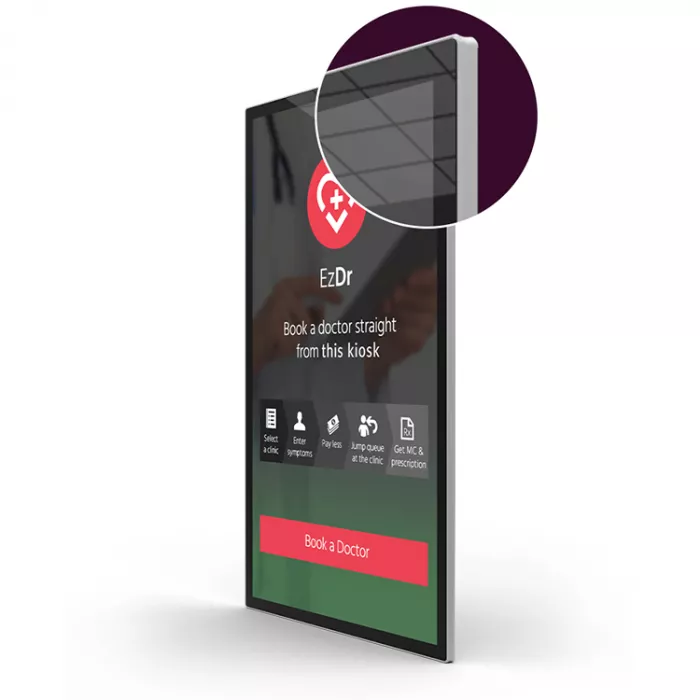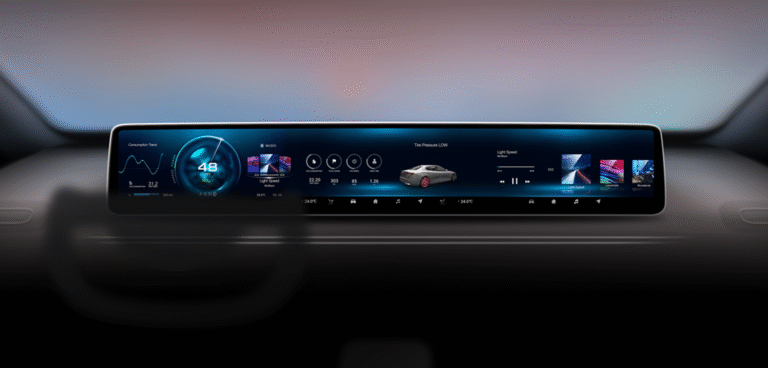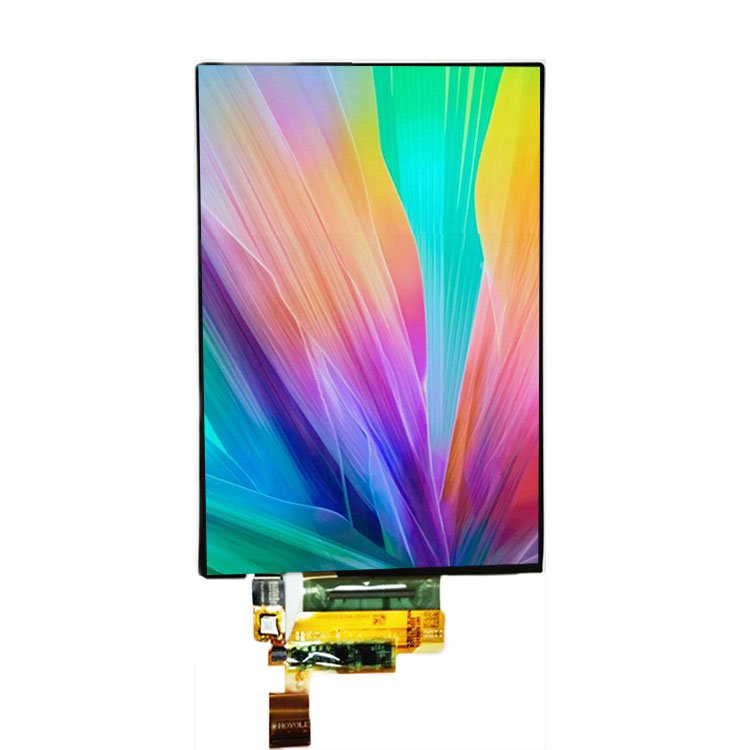What Is a PLS Screen?
PLS, or Plane-to-Line Switching, is a display technology developed by Samsung as a direct competitor to IPS (In-Plane Switching). It builds on the same fundamental principles of liquid crystal alignment to improve viewing angles, color stability, and image quality.
From a technical perspective, a PLS screen is a type of TFT-LCD panel that:
- Aligns liquid crystals horizontally (like IPS)
- Offers wide viewing angles and color fidelity
- Improves transmittance (light efficiency)
While it’s not as widely used as IPS, PLS is found in Samsung monitors, tablets, and some professional displays, especially where color uniformity matters.
What Is an IPS Panel?
IPS, short for In-Plane Switching, is the dominant wide-angle LCD technology in use today. Developed by Hitachi and popularized across many brands (including LG, Dell, and Apple), IPS panels are known for:
- Wide viewing angles (up to 178°)
- Accurate color reproduction
- Minimal color shift when viewed off-axis
Most high-end monitors, medical screens, and color-critical applications rely on IPS panels because of their consistency and reliability.
👉 Related: AMOLED vs IPS Displays
PLS vs IPS: What’s the Real Difference?
Let’s compare these two side-by-side based on key factors:
| Feature | PLS Screen | IPS Panel |
|---|---|---|
| Viewing Angle | Excellent (178° typical) | Excellent (178° typical) |
| Color Accuracy | High, with slightly better uniformity | Very high, especially in high-end IPS |
| Brightness | Slightly higher due to better transmittance | Depends on panel grade |
| Contrast Ratio | Moderate (1000:1 typical) | Similar or slightly better |
| Black Levels | Average | Slightly better in IPS (varies) |
| Response Time | Comparable (~5ms–8ms typical) | Comparable (~5ms–8ms typical) |
| Cost Efficiency | Generally more affordable | Wider range depending on brand/quality |
| Patent Ownership | Samsung | LG, AUO, BOE, etc. |
In essence, PLS is often considered a Samsung-optimized version of IPS, with similar or slightly better performance in some areas (like brightness and cost) while maintaining the IPS standard of image quality.
Are PLS Screens Better Than IPS?
Not better—but also not worse.
The two technologies are so closely related that most users won’t notice the difference in day-to-day use. However, there are subtle distinctions worth noting:
- For developers building embedded display systems, PLS can offer lower power consumption and higher brightness per watt.
- For color-sensitive industries (like graphic design or printing), premium IPS panels may still hold an edge in color depth and contrast consistency.
- For OEMs sourcing display panels, PLS offers slightly lower cost and good scalability—especially when working with Samsung’s display ecosystem.
Use Cases for IPS Panels
IPS is the current standard in:
- Professional color grading monitors
- Medical diagnostic displays
- Consumer flagship tablets (e.g., iPads, Surface Pro)
- High-end automotive infotainment systems
- Industrial UI panels where screen fidelity is crucial
If you’re building a premium display product and budget isn’t the constraint, IPS gives more flexibility due to its broader vendor support and fine-tuned variants (AH-IPS, Nano IPS, etc.).

Thousands of products are available in our catalog.
Discover our wide range of products, including LCD-TFTs, OLED graphic and alphanumeric displays, LCMs, e-paper displays, barcode scanners (embedded, handheld, fixed mount), industrial monitors, industrial computers (carrier boards, COMs & SOMs, embedded systems, HMI panel computers, SBCs), capacitive and resistive touch screens, and accessories (development kits, connectors, controllers, FPC/FFC tapes, ZIF connectors).
Should You Choose PLS or IPS for Your Next Display Project?
Here’s a practical framework:
| Application Need | Recommended Panel |
|---|---|
| General office productivity | PLS or IPS |
| Budget-sensitive industrial displays | PLS screen |
| Color-critical content editing | IPS panel (premium) |
| High brightness / outdoor usage | PLS or enhanced IPS |
| Broad compatibility across vendors | IPS panel |
For engineers and designers sourcing display modules, the final choice depends on:
- Interface compatibility (e.g., RGB, LVDS, MIPI)
- Viewing angle and brightness targets
- Budget vs. quality trade-off
- Long-term supply chain support
Frequently Asked Questions
Q1: Are PLS screens just rebranded IPS?
Not exactly. While both are based on similar physics, PLS is Samsung’s proprietary implementation with some engineering optimizations.
Q2: Do PLS screens use less power than IPS?
In some cases, yes. Due to better light transmittance, PLS can achieve the same brightness with lower backlight intensity.
Q3: Is color reproduction the same between IPS and PLS?
Very similar. IPS has the edge in high-end panels, but for most mid-range displays, the difference is negligible.
Q4: Can I replace an IPS screen with a PLS panel in my product?
Technically yes—if the interface, size, and timing specs are compatible. However, always test for display tuning and color matching.
Q5: Which is better for outdoor readability?
PLS tends to perform slightly better due to improved brightness per watt, but both struggle without optical bonding or anti-glare coatings.
Reference Resources













